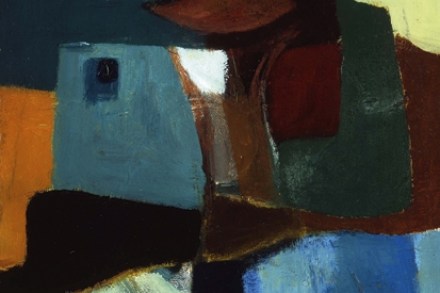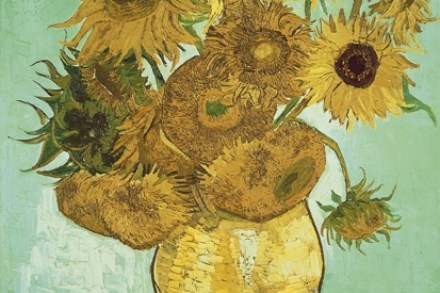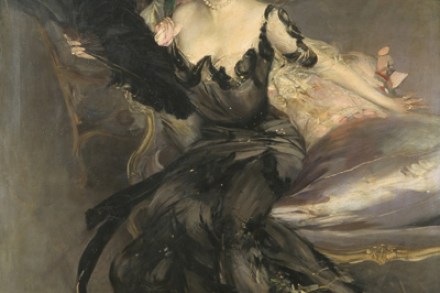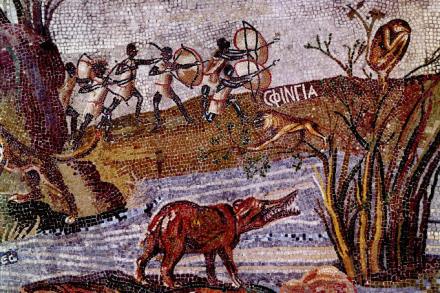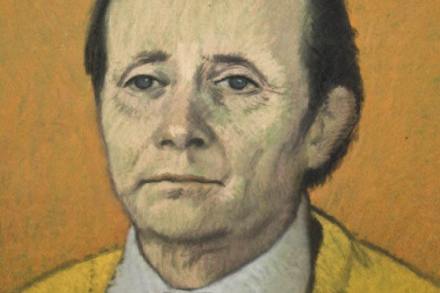A book on Art Deco that’s a work of art in itself — but where’s the Savoy, Claridge’s and the Oxo Tower?
Over the past 45 years, there have been two distinct and divergent approaches to Art Deco. One of them — which was mine when I wrote the first little book on the subject in 1968 — was to treat the subject as a sociological, as well as artistic, phenomenon. As I wrote then, it was ‘the last of the total styles’, affecting almost everything, from letter-boxes and powder compacts to luxury liners and hotels. With that approach, one shows the dross as well as the gold, and asks such questions as ‘Why did the style become so universal?’ ‘How far did it succeed (with mass production) in coming to terms


